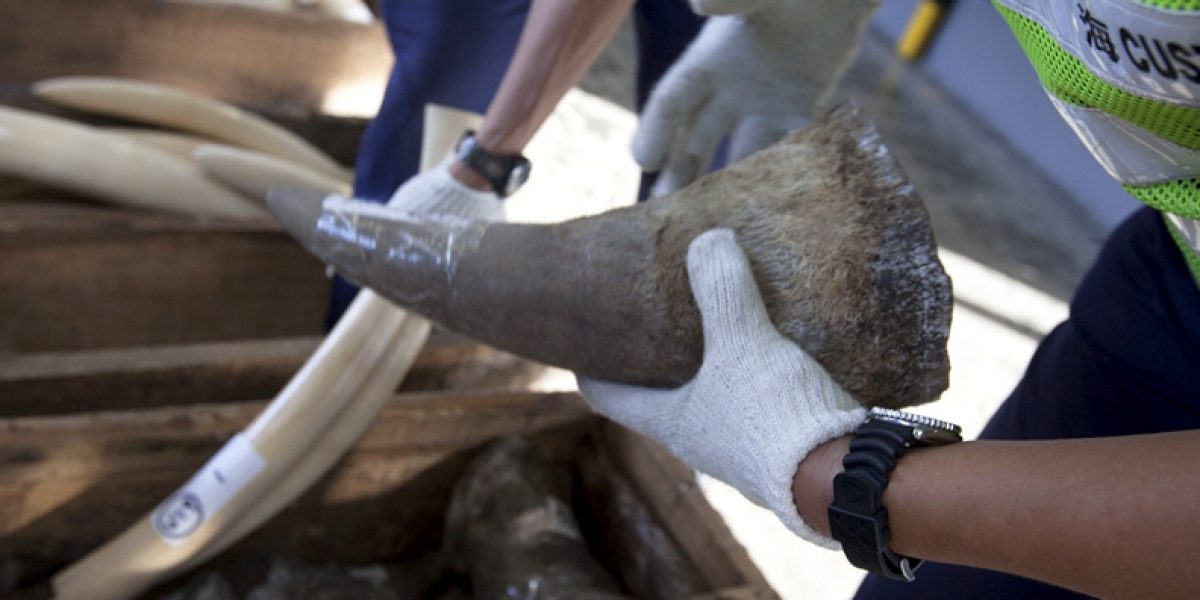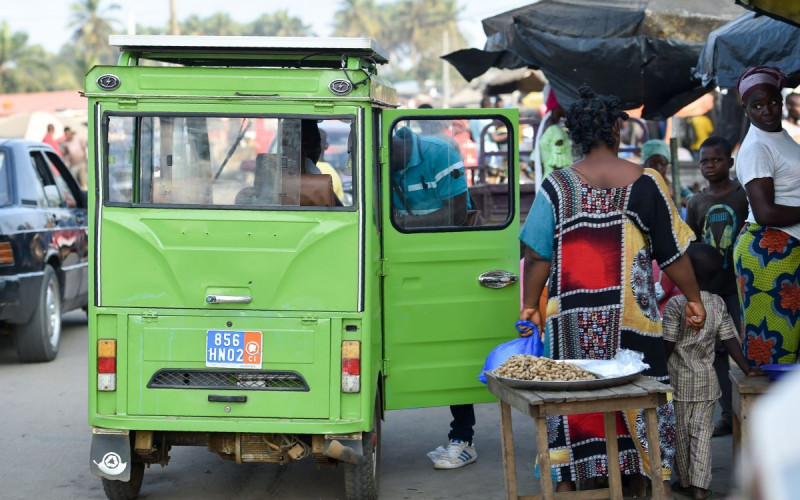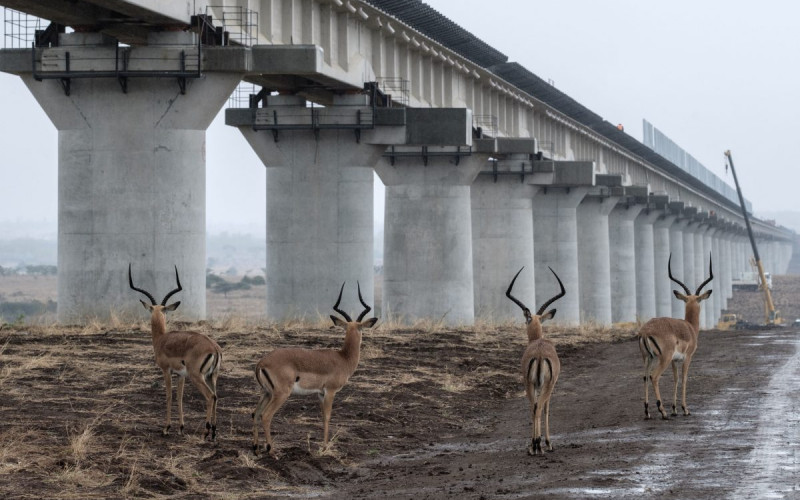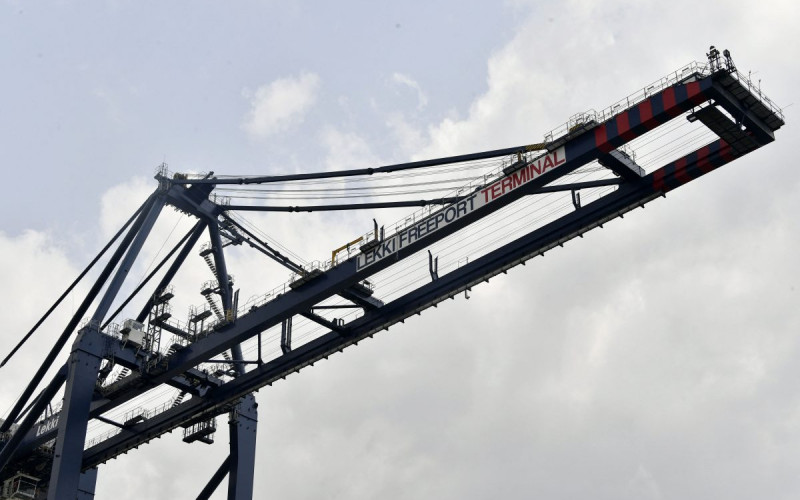There is a discrepancy between diplomatic and unofficial spaces, and between supply and demand countries (as in the case of China and South Africa), which translates into a lack of common understanding in policy spaces and societies on the intrinsic value of wildlife. This contributes to larger debates about the relationship between economic development and conservation in Africa. Moreover, there are wider concerns about the asymmetrical nature of China–Africa relations, and uneven respect for local laws and values as China’s engagement increases on the continent. Underlying this are the South African public and others’ perceptions of China, despite its having responded concretely to the conservation of wildlife.







